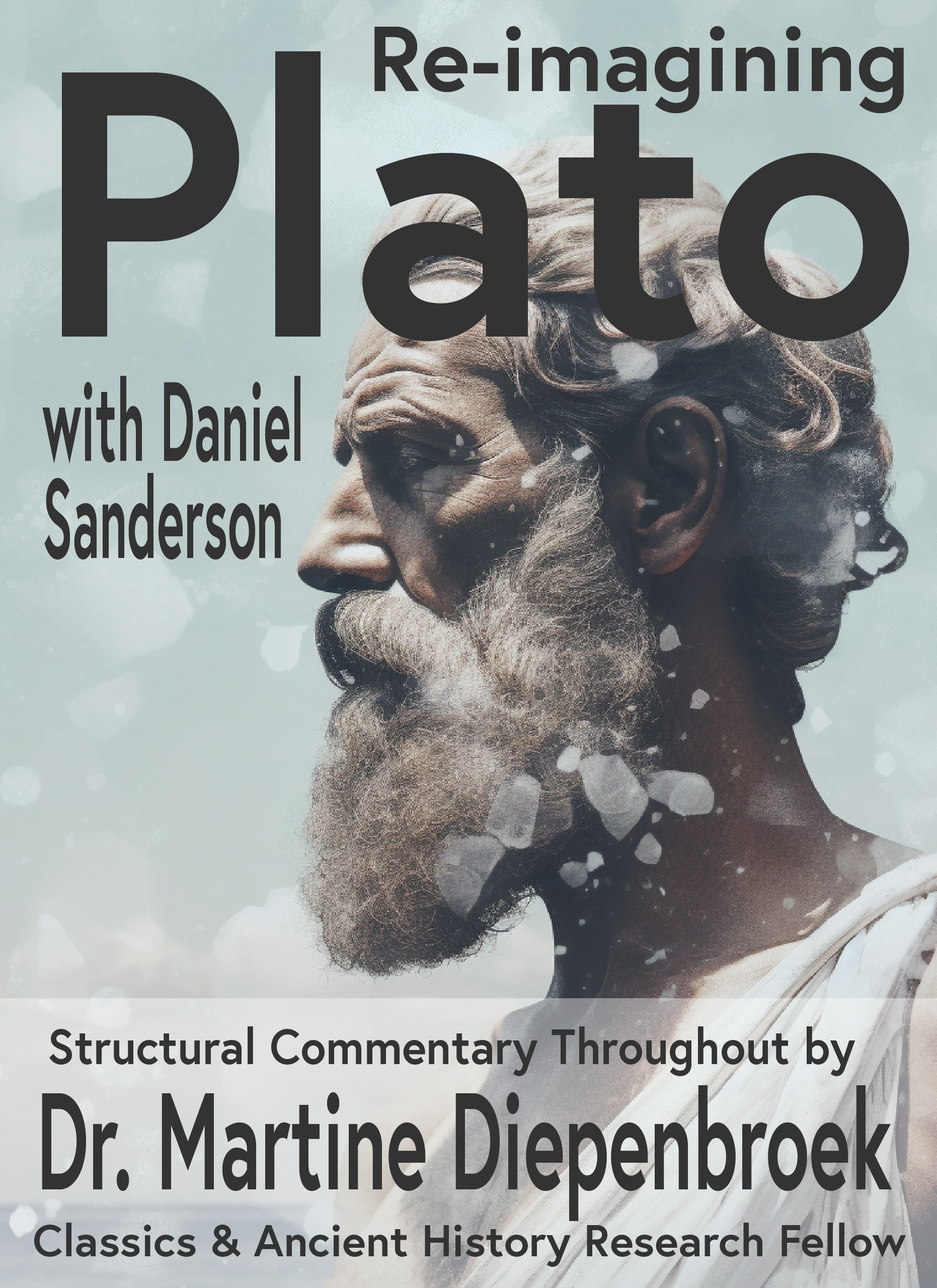The Philosophy of Aesthetics: Exploring Beauty in the Age of Digital Art
In this ever-evolving age of digital art, where the boundaries of creation are pushed and redefined, the philosophy of aesthetics takes on a new dimension. It is a realm where pixels dance, colours harmonize, and artists embark on a journey to explore beauty like never before. In the tapestry of digital artistry, a revolution is unfolding, empowering content creators and reshaping our perception of beauty. Join us as we delve into the essence of aesthetics in this transformative era and discover how it empowers us to redefine what it means to consume.
The Digital Revolution:
Gone are the days of traditional tapestries and canvases. The advent of digital art has given birth to a new medium, where the artist's palette is composed of pixels, and imagination knows no bounds. The digital canvas transcends physical limitations, offering an infinite space for creation. This revolutionary shift has democratized the creative process and enabled artists to connect and collaborate in unprecedented ways.

Beauty in Pixels:
Within this vast digital realm, the notion of weaving intricate patterns and tapestries gives way to the artistry of pixels. Beauty is no longer confined to physical materials; it emerges from the interplay of colours, textures, and compositions on a digital screen. The artist's vision is now realized through lines of code, and their magnum opus is a virtual masterpiece.
The beauty of digital art lies not only in its visual impact but also in its ability to evoke emotions and provoke thought. The dynamic nature of digital creations allows for interactive experiences that immerse the audience in the artwork itself. It invites us to participate, engage with the artist's intention, and explore the boundaries of our perceptions.
Expanding Aesthetic Horizons:
As digital art continues to evolve, it challenges traditional notions of aesthetics. The boundaries of what is considered beautiful are constantly pushed, and new forms of expression emerge. Artists embrace the fusion of the abstract and the realistic, blurring the lines between reality and imagination. They skillfully navigate the realm of pixels, crafting intricate narratives and thought-provoking compositions.

In this era of digital art, aesthetics has become a fluid concept. It transcends traditional definitions and opens doors to a multitude of perspectives. The beauty that emerges from this redefinition of aesthetics lies in the final product and the process itself. The journey of creation, the exploration of ideas, and the collaborative spirit fostered within digital communities contribute to the transformative power of aesthetics.
The Empowerment of Content Creators:
Digital art's transformative potential goes beyond the visual realm; it extends to the empowerment of content creators. The democratization of technology and the accessibility of digital tools have empowered artists to develop their skills and unleash their creativity. In addition, online platforms and communities have emerged as hubs for inspiration, feedback, and collaboration.
This shift in the creative landscape has transformed the relationship between artists and consumers. The passive act of consuming art has given way to active engagement, where the audience becomes an integral part of the creative process. Content creators now have the opportunity to engage with their audience, receive feedback, and refine their work in real time. This newfound interactivity promotes thought leadership and cultivates shared ownership of the art.
Changing the Paradigm of Consumption:
In this era of redefined aesthetics and empowered content creators, our perception of consumption is profoundly transforming. No longer are we passive consumers; we are active participants in creating and disseminating art. Through digital platforms and communities, we have the tools to engage with content creators, offer insights, and contribute to developing thought leadership.
By embracing this paradigm shift, we empower content creators and redefine our role as consumers. We become co-creators and contributors to a collective vision of beauty. In this digital landscape, our consumption becomes an act of empowerment, fostering a sense of community and driving the evolution of artistic expression.

Conclusion:
In the age of digital art, the philosophy of aesthetics takes on a new significance. Beauty transcends traditional boundaries, emerging from the interplay of pixels and the boundless imagination of artists. The transformative power of aesthetics lies in the visual impact and the empowerment of content creators. Through digital tools and communities, artists and audiences engage in a shared journey of creation, redefining what it means to consume and empowering each other to develop skills in thought leadership.
As we embrace this era of redefined aesthetics and active engagement, we can shape the future of art. So let us celebrate the beauty that emerges from pixels and code, encouraging the exploration of new forms, pushing the boundaries of creativity, and empowering content creators to pave the way for a vibrant and inclusive artistic landscape.

Plato Re-Imagined
This course includes 32 lectures covering most of Plato's dialogues and allowing the student to return to something divine. Divinity should resonate with secular and religious leaders alike. I present a compatible approach in my lecture on Consilience.
Also included with this course is a free book. If you pay for the course, you will get a physical copy of the book for free, mailed to your chosen address — anywhere on the planet!






